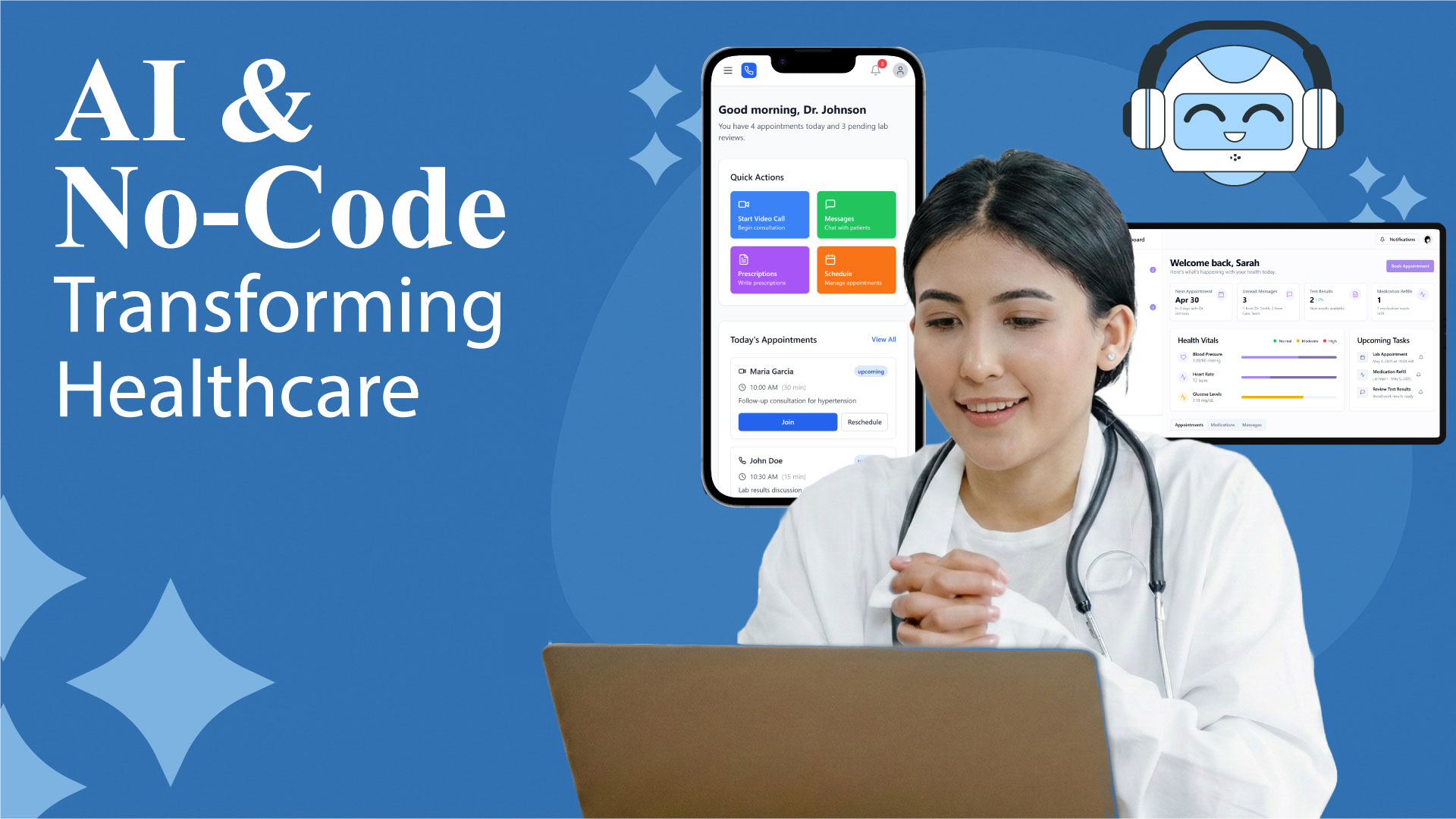Revolutionize Lending Technology: Create Seamless Platforms with the Powerful Web App Builder
19 May 2023
Blogs & Insights
We'd love to share our knowledge with you. Get updates through our
blogs & know
what’s going on in the no code world.


